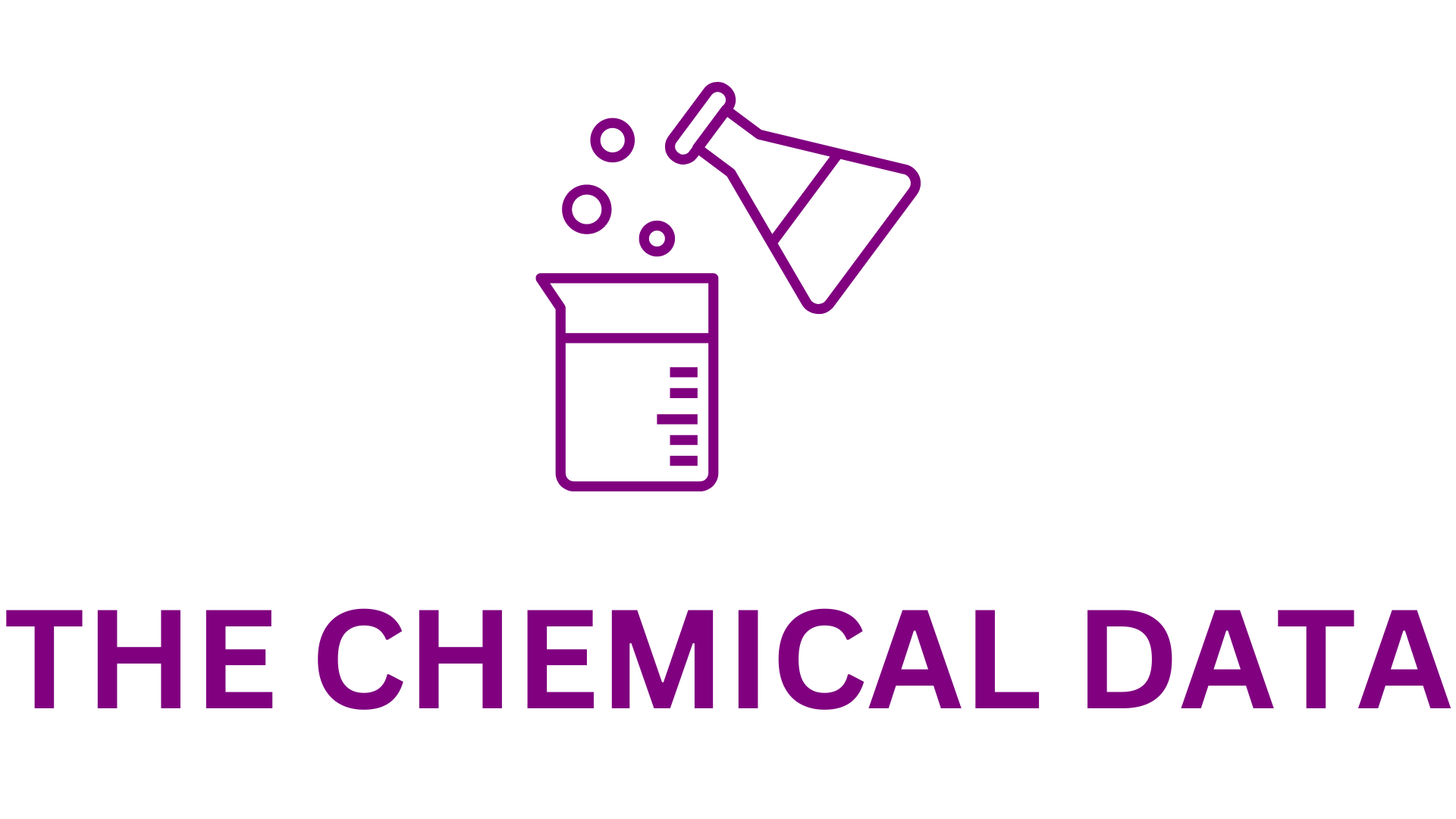
The global white oil market, initially valued at $3.89 billion in 2024, is set to experience significant growth over the next decade. It is projected to reach $8.59 billion by 2034, reflecting a strong compound annual growth rate (CAGR) of 8.24% from 2024 to 2034. This robust expansion underscores the increasing importance of white oil across various industries and its pivotal role in advancing product quality and safety.
Overview of the White Oil Market
White oil is a highly refined, mineral-based oil known for its purity and versatility. Its applications span numerous sectors, including pharmaceuticals, cosmetics, food processing, and industrial operations. As consumer awareness around safety and non-toxicity in product formulations grows, white oil has become an indispensable ingredient in products such as lotions, ointments, lubricants, and plasticizers. Additionally, advancements in refining technologies have enabled the production of pharmaceutical-grade and food-grade white oils that meet stringent regulatory standards.
The market is dominated by leading players like ExxonMobil, Sonneborn, and Sasol, who have been at the forefront of supplying high-quality white oil products. These companies are increasingly focusing on sustainability, eco-friendly manufacturing, and technological innovation to meet evolving consumer preferences. The emphasis on clean and safe production methods aligns with global sustainability goals, further propelling market growth.
Industrial Impact and Applications
The white oil market is a key driver of innovation and economic growth across multiple industries:
- Pharmaceuticals and Cosmetics: In these sectors, white oil’s purity and non-toxicity are critical. It is used in topical ointments, lotions, and other products where safety and quality are paramount.
- Food Processing: The demand for food-grade white oils has risen as regulatory standards and consumer expectations for safe ingredients increase.
- Industrial Applications: White oil serves as a lubricant and plasticizer in various industrial processes, where its high performance and reliability are valued.
Major players like ExxonMobil and Sasol invest heavily in advanced refining technologies and distribution networks, stimulating economic activity and fostering innovation. This investment in quality and efficiency has ripple effects throughout the supply chain, supporting suppliers, service providers, and ancillary industries.
Growth of the Mineral White Oil Segment
Among various product types, the mineral white oil segment leads the market, valued at $2.67 billion in 2023 and expected to reach $6.08 billion by 2034. This dominance is attributed to the segment’s widespread applications and growing consumer demand for high-purity, non-toxic ingredients. Industries such as pharmaceuticals, cosmetics, and food processing rely heavily on mineral white oil, further fueling its growth.
Sustainability initiatives and regulatory compliance also play a significant role in driving this segment, as manufacturers prioritize environmentally friendly practices. The need for reliable and safe raw materials has positioned mineral white oil as a critical component in diverse applications
Recent Developments
Innovations and investments in the white oil market continue to shape its trajectory. For instance, in February 2024, Chevron Lummus Global (CLG) launched a state-of-the-art white oil hydroprocessing unit at Hongrun Petrochemical in Shandong Province, China. This facility employs advanced ISODEWAXING and ISOFINISHING technologies to produce ultra-pure white oils tailored to industrial and food-grade requirements. The unit boasts a capacity of 500,000 metric tons per year (MTPA) for API Group III industrial-grade white oil and 200,000 tons per year (TPA) for food-grade white oil, meeting global demand while prioritizing operational efficiency and sustainability.
Competitive Landscape
The white oil market is highly competitive, with prominent players like ExxonMobil, Sonneborn, and Sasol leading the charge. These companies focus on innovation, quality enhancement, and sustainability to maintain their market positions. Emerging players such as Savita Oil Technologies and Apar Industries Ltd. are also making notable contributions, especially in niche markets like technical-grade white oil.
Intense competition drives these firms to pursue advancements in refining processes, develop customized solutions, and adopt strategic partnerships and acquisitions. The demand for high-purity white oils in sectors such as personal care and pharmaceuticals further intensifies the race to meet consumer expectations and regulatory requirements.
Conclusion
The global white oil market is poised for remarkable growth, driven by increasing demand across diverse industries and ongoing innovations in product development. With sustainability and regulatory compliance at the forefront, the market continues to evolve, offering significant opportunities for key players and new entrants alike. As industries prioritize safety, purity, and eco-friendly practices, white oil is set to remain a cornerstone of industrial innovation and economic progress for years to come.







